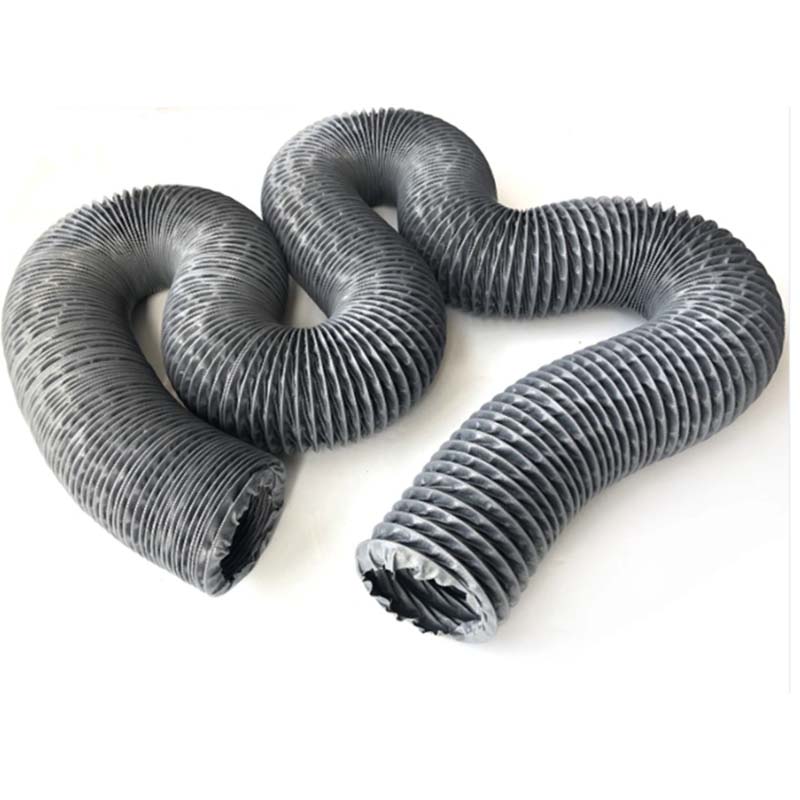types of hoses in fire
Types of Hoses in Firefighting
Firefighting is a critical service that requires the use of specialized equipment to combat flames and save lives. Among the essential tools in a firefighter's arsenal, hoses are paramount. They serve as conduits for delivering water and other fire suppression agents directly to the seat of the fire. Various types of hoses are utilized in firefighting, each designed for specific applications and environments. This article aims to explore the different types of hoses used in fire service operations, highlighting their unique features and purposes.
1. Attack Hoses
Attack hoses are the most commonly used type of hoses in firefighting. They are designed for delivering water, foam, or other extinguishing agents directly to a fire. Attack hoses come in various diameters, typically ranging from 1.5 inches to 3 inches, and are constructed from durable materials such as synthetic fibers or rubber. The key characteristic of attack hoses is their ability to withstand high pressures and deliver a significant flow of water. Firefighters utilize these hoses for offensive firefighting techniques, allowing them to combat flames effectively and efficiently.
2. Supply Hoses
Supply hoses, on the other hand, are primarily used to transport water from a water source to fire engines or pumpers. These hoses are typically larger in diameter, ranging from 3 to 6 inches, and are designed to handle high volumes of water at lower pressures compared to attack hoses. Supply hoses are often made from rubber or synthetic materials that ensure flexibility and resilience during operation. These hoses enable firefighters to establish a reliable water supply crucial for sustaining firefighting efforts in large-scale incidents.
3. Wildland Hoses
Wildland hoses cater specifically to firefighting in outdoor, rugged terrain, such as forests and grasslands. These hoses are lightweight and often feature a smaller diameter compared to standard attack hoses, typically around 1 inch to 1.5 inches. Wildland hoses are designed to be easily maneuverable, allowing firefighters to reach remote areas quickly. Many of these hoses are also constructed from materials that resist abrasion, ensuring their durability in harsh environmental conditions. Firefighters often use these hoses in conjunction with smaller water tanks or portable pumps to combat wildfires effectively.
types of hoses in fire

4. High-Pressure Hoses
High-pressure hoses are specially designed to handle extreme pressure situations, such as those encountered in firefighting scenarios involving hazardous materials or chemical fires. Constructed from robust materials reinforced with multiple layers, these hoses can withstand pressures of up to 300 psi or more. High-pressure hoses are crucial for delivering water or foam agents with enough force to reach the interior of a structure or cool down hazardous materials.
5. Chemical Hoses
Chemical hoses are specifically designed for use in situations that involve hazardous chemicals or flammable liquids. These hoses are constructed using materials that resist chemical erosion and degradation, preventing leaks and ensuring safety during firefighting operations. Chemical hoses are integral when extinguishing fires caused by substances such as gasoline, oil, or various industrial chemicals.
6. Booster Hoses
Booster hoses are a type of attack hose designed for rapid deployment and quick response situations. They typically have a smaller diameter (around 1 inch) and are lightweight, making them easy to maneuver. Such hoses are commonly found on fire engines for initial attack scenarios, especially in residential fires or small incidents. Booster hoses are reliable in delivering a high-pressure stream of water while allowing for quick and efficient firefighting.
Conclusion
In conclusion, the types of hoses used in firefighting are diverse, each serving unique purposes suited to different scenarios and environments. From attack and supply hoses to specialized wildland, high-pressure, and chemical hoses, the effective selection and use of these tools are vital for firefighters' success on the front lines. Understanding these differences not only enhances firefighting tactics but also promotes safety and efficiency in fire response operations. Through continuous training and equipment updates, firefighters can ensure they are always prepared to tackle the unpredictable nature of fire emergencies.
-
Top Quality Oxy Acetylene Hoses for Sale Fit for Welding DemandsNewsJul.28,2025
-
The Future of Pneumatic Air Tubes in IndustryNewsJul.28,2025
-
Superior and Reliable LPG Hose Pipe Solutions for Every NeedNewsJul.28,2025
-
Exceptionally Durable and Versatile Premium Braided PVC TubingNewsJul.28,2025
-
Best Adapters for Connecting Garden Hose to PVC Pipe ConnectionsNewsJul.28,2025
-
The Essential Role of LPG Hoses in Safe and Efficient Gas DistributionNewsJul.16,2025














